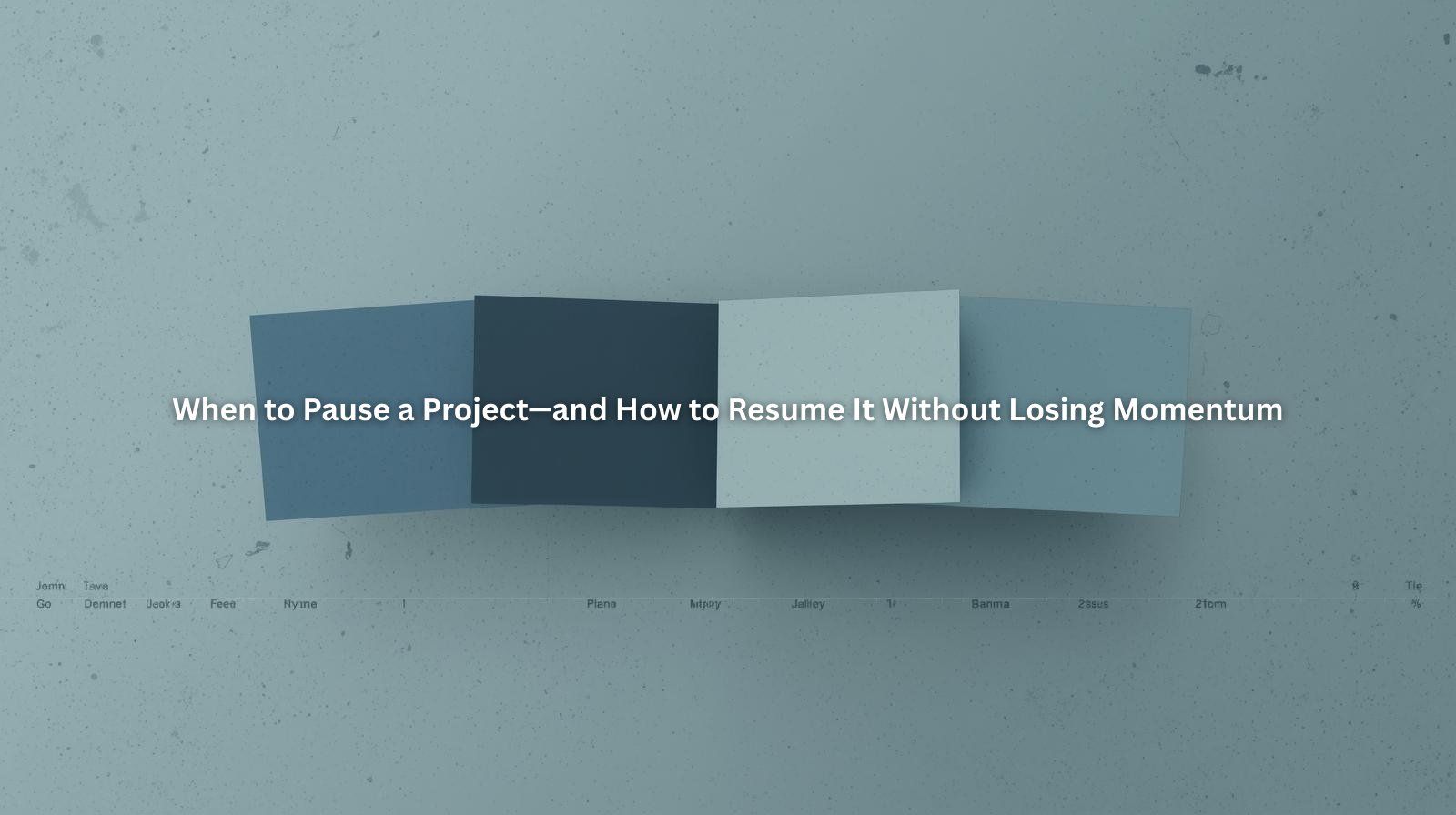The Art of ‘Pre-Suasion’ in Client Management: Setting the Tone Before You Start

Client management isn’t just about delivering great work—it’s about managing expectations, building trust, and creating a seamless collaboration experience.
Yet, many professionals—whether freelancers, consultants, or agency teams—focus too much on reacting to client needs instead of proactively shaping their experience from the start.
That’s where the concept of “pre-suasion” comes in.
Coined by Robert Cialdini, pre-suasion refers to the strategic act of influencing someone before they make a decision. In client management, this means setting the right tone, framing expectations, and guiding clients toward a smoother, conflict-free project—before you even begin.
In this article, we’ll explore how you can use pre-suasion techniques to enhance your freelancing, client management, and project planning process—ensuring you and your clients start off on the right foot.
Step 1: Control the First Impression (It Lasts Longer Than You Think)
💡 “People decide how they feel about you before they decide what they think about you.” – Daniel Kahneman
The client experience begins before they sign the contract. Their perception of you is formed through:
✅ Your website, portfolio, or LinkedIn profile
✅ Your communication style (email tone, responsiveness)
✅ Your onboarding process (organized vs. chaotic)
📌 Pre-Suasion Tip:
Before meeting a client, control the narrative.
- Ensure your online presence reflects professionalism, clarity, and expertise.
- Craft proposals that set clear expectations—not just in price, but in process.
- Use social proof (testimonials, case studies) to frame yourself as trustworthy and results-driven.
💡 Example: If a client finds you through your website, a dedicated “How We Work” page outlining your process pre-frames them to trust your approach—reducing pushback later.
Step 2: Set Expectations in the Discovery Phase
One of the biggest mistakes in client management? Jumping into execution without defining the rules of engagement.
Before you start working on a project, you need to:
✔ Define the scope and deliverables
✔ Outline timelines and milestones
✔ Establish preferred communication channels
✔ Clarify responsibilities (yours and theirs)
📌 Pre-Suasion Tip:
Turn your discovery call into a trust-building moment.
- Ask guiding questions that subtly lead clients toward understanding your process.
- Position yourself as a strategic partner, not just a task executor.
- Use real-life examples to illustrate potential roadblocks and how you manage them.
💡 Example: Instead of saying:
🛑 “How do you want to communicate?”
Try:
✅ “To keep projects on track, I typically use [Project Book] for task tracking and Slack for quick updates. This reduces email overload and keeps everything organized. Does that work for you?”
By taking control of the conversation, you position yourself as an expert while reducing future miscommunication.
Step 3: Frame Deadlines & Deliverables to Reduce Scope Creep
Scope creep happens when clients add tasks or change directions mid-project—usually because expectations weren’t clearly defined upfront.
📌 Pre-Suasion Tip:
Make clients feel involved in setting deadlines—but keep control.
Instead of saying:
🛑 “When do you need this by?” (which invites unrealistic demands)
Try:
✅ “For projects like this, a standard timeline is 4-6 weeks, depending on feedback speed. Would you like to set a review date midway?”
This pre-suades them to accept a structured timeline rather than expecting unrealistic turnaround times.
💡 Pro Tip: Use a client onboarding guide that clearly states:
- How many revisions are included
- How deadlines are structured
- What happens if additional work is requested
Tools like Project Book can automate task tracking and deadline management, so both you and your client always know what’s next.
Step 4: Use Psychological Triggers to Build Buy-In
If you want stronger client relationships, you need to tap into psychological principles that subconsciously encourage commitment and trust.
📌 Pre-Suasion Tip: Use “Yes Ladders” to Get Small Agreements First
People are more likely to agree to something big if they’ve already said “yes” to something small.
💡 Example:
Before asking a client to commit to a long-term project, ask for small, low-resistance agreements:
✅ “Would you like to see a sample of how I structure reports?”
✅ “Would it be helpful if I created a task breakdown before we begin?”
Each “yes” builds psychological momentum, making them more likely to trust your larger recommendations later.
📌 Pre-Suasion Tip: Anchor Pricing & Project Scope
Instead of presenting just one price or scope, anchor expectations by offering three choices:
Basic | Standard | Premium
This makes your mid-tier offer feel like the best value while reducing price objections.
Step 5: Reinforce Boundaries & Maintain Authority
Even the best client relationships can go off track if boundaries aren’t maintained.
📌 Pre-Suasion Tip:
Set polite but firm boundaries in your contract and early conversations.
- Define office hours and response times (to avoid last-minute demands).
- Have a revision policy (so clients don’t expect unlimited changes).
- Outline additional costs for extra work (to prevent scope creep).
💡 Example: If a client requests an urgent revision outside your agreed timeline, instead of simply saying “no,” try:
✅ “I’d love to help! I prioritize all work based on existing deadlines, but if you need this sooner, I can add a rush fee to accommodate.”
This keeps the relationship positive while reinforcing your professional boundaries.
Final Thoughts: Shape the Client Experience Before It Shapes You
Pre-suasion isn’t about manipulating clients—it’s about guiding them toward a structured, successful collaboration before problems arise.
✅ Control first impressions with a strong online presence and onboarding process.
✅ Guide discovery calls to establish authority and trust.
✅ Frame deadlines and deliverables strategically to prevent scope creep.
✅ Use psychological triggers to get buy-in and commitment.
✅ Set boundaries early to maintain long-term client relationships.
💡 Want to make client management effortless?
Project Book helps you organize projects, track tasks, and manage communication—all in one place. Start your next client project with confidence and clarity.
📌 Try Project Book today and take the guesswork out of client management. �


